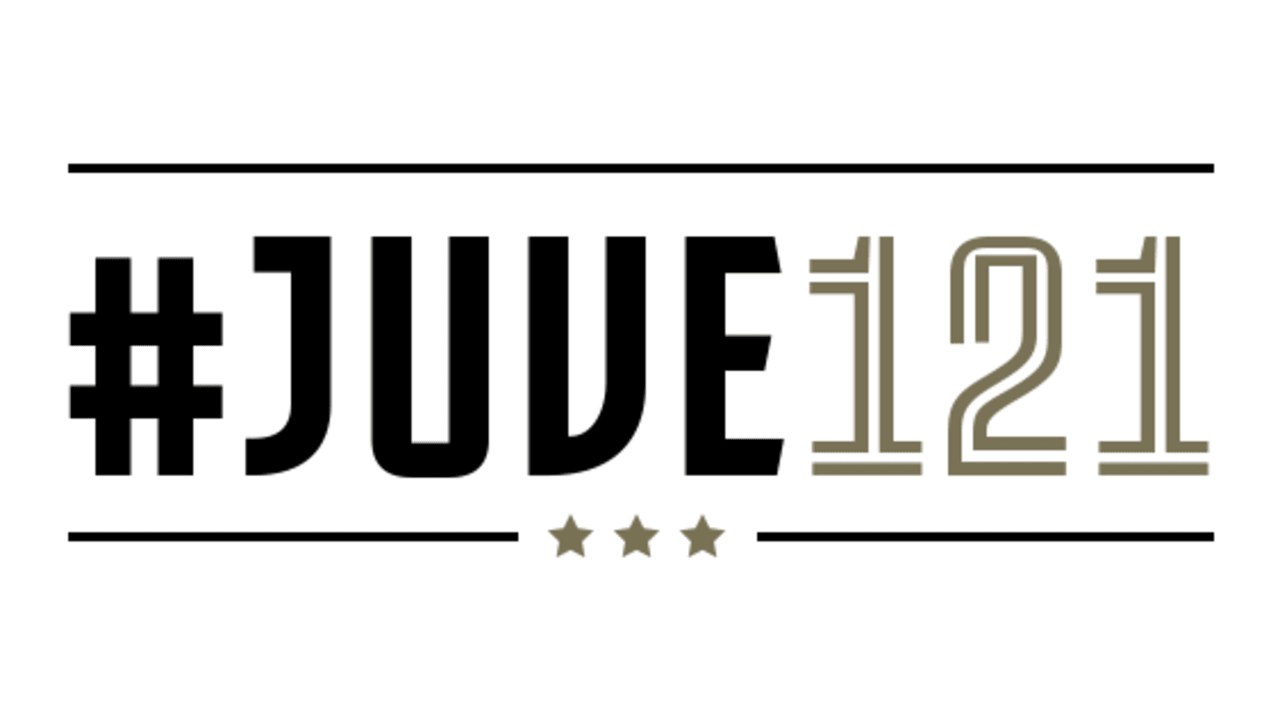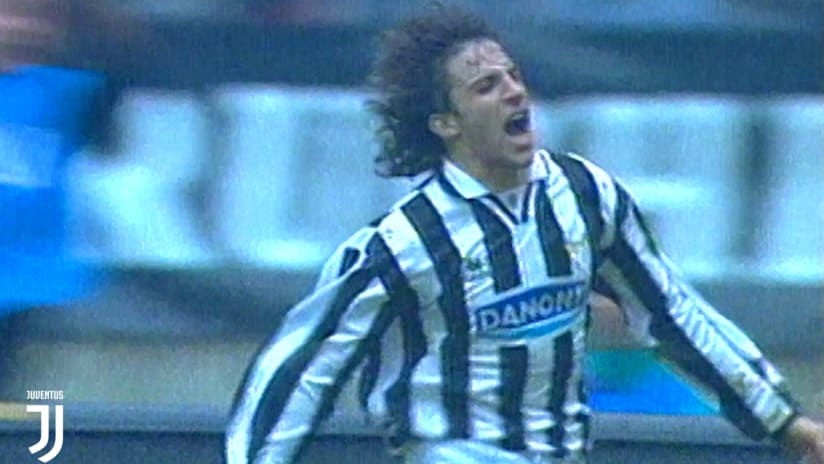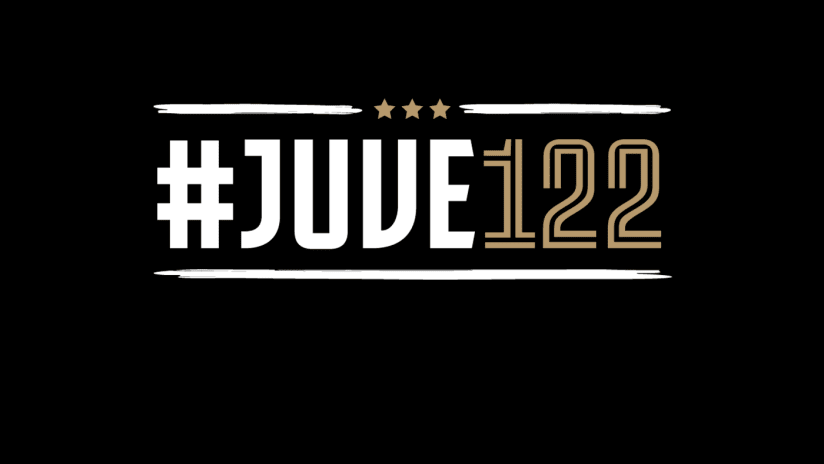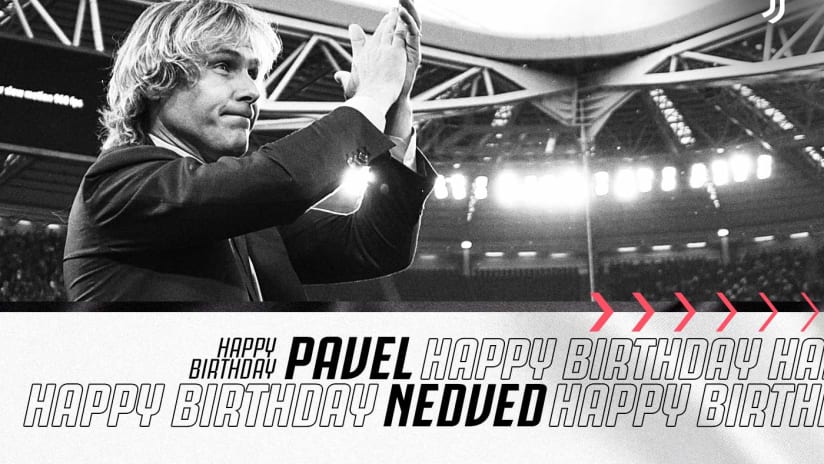01 November 2018
Turin and Juventus. A strong, deep, unbreakable bond. It’s almost ironic, then, that Juventus are just about the most universal team around, with supporters in every city of Italy and across the globe.
That said, without Turin, or away from Turin, Juve just wouldn’t be Juve. And, perhaps, without Juve, Turin wouldn’t be the city we know and love.
For the locations, place names and urban development of the city have all been influenced by over a century of Juventus history.
LICEO D’AZEGLIO AND THE CANFARI BROTHERS’ WORKSHOP
What do the writers Cesare Pavese and Primo Levi, the philosopher Norberto Bobbio, the political scientist Luigi Firpo and Juventus all have in common?
A school: Il Liceo Classico Massimo D’Azeglio, to give it its full title. Opened in 1882, it has helped to educate many of the great and good of Turin’s intelligentsia over the years.
Around 15 years after the school opened its doors, it was attended by a group of youngsters united by a shared passion. Once their lessons were over, they would converge on Corso Duca di Genova, now known as Corso Re Umberto.
According to legend, their meeting point was a bench not far from the corner with Corso Vittorio Emanuele. As the smell of freshly baked bignole pastries wafted out from the bakery opposite, the group of youths began to dream big.
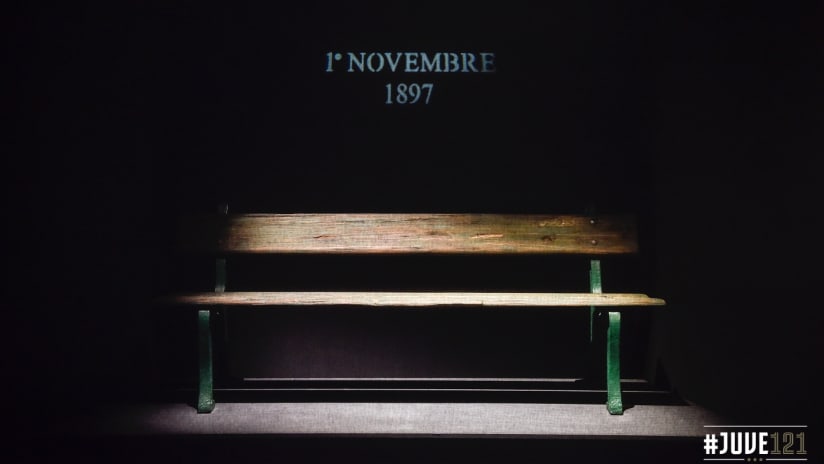
Eugenio, Enrico, Gioacchino, Alfredo, Luigi, Umberto, Carlo Vittorio, Domenico and later Carlo and Francesco. And who knows how many others besides.
These kids – not so different to today’s generation – decided to set up a sports club. In the space of a few months, it had become a Foot-ball Club. Juventus Foot-ball Club. The first job was to find a club headquarters – no mean feat for a bunch of schoolchildren with plenty of dreams but precious little money. In the end, the first – historic – headquarters was made available by the Canfari brothers, Enrico and Eugenio: their workshop.
Today, No.42 Corso Re Umberto looks like just another door on a Turin street. Who knows if the current occupants are aware of the history of the place?
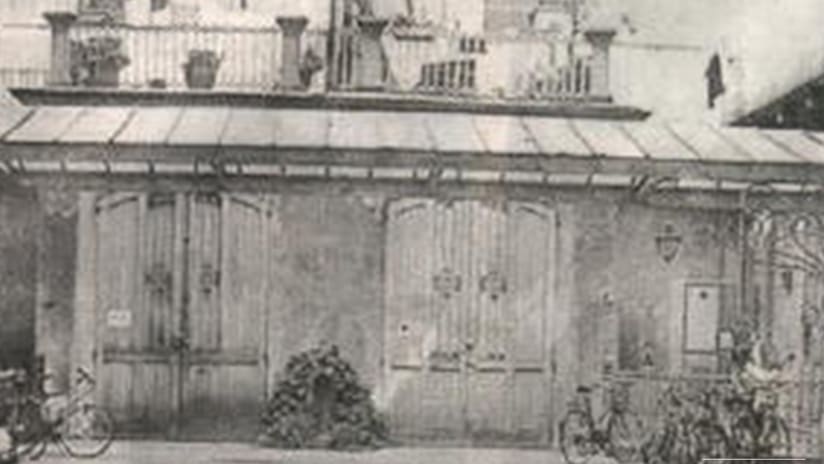
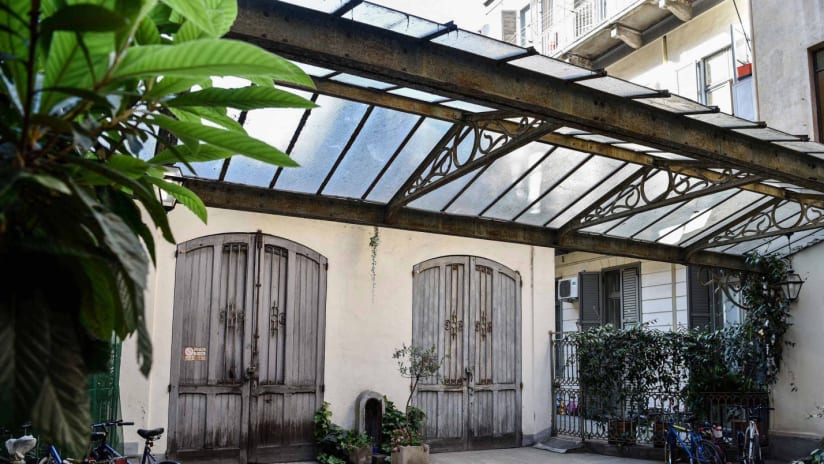
During that heady initial period, the location of the headquarters moved practically every year as a result of events such as the World Wars. The only club headquarters of any significance were in Corso Marsiglia, where the club was based at an old sports centre that no longer exists between 1923 and 1933, and No.12 Via Bogina, where Juventus enjoyed the Quinquennio d’Oro.
We can, therefore, afford to jump forward in time to the period after the Second World War, when Juventus – and indeed Italy as a whole – managed to find some stability after many tumultuous years. Between 1948 and the present day, Juventus have had just five different headquarters. And it’s pretty likely that the club will never move house again.
NO.206 PIAZZA SAN CARLO
The centre of Turin, home to the Caval ed Bronz – the Equestrian monument of Emmanuel Philibert – and the twin churches.
Inaugurated in 1638 as the "Place Royale" of Christine of France, Piazza San Carlo has been a special place for all Juve fans since 1948. It’s here that the Juventus faithful come together to celebrate the club’s most important achievements – of which there have been quite a few! It was the official club headquarters between 1948 and 1964, during which time Juventus’ reached the milestone of 10 Scudetto titles.
It was an austere, authoritative office – and one that cannot be discussed without mentioning the adjacent Caffè Torino. Like something out of another era, the café is all marble and stunning chandeliers, with contracts – mere handshakes between gentlemen back in the day – often sealed at the bar or around tables set out beneath the distinctive arches, perhaps with a traditional bicerin or another beverage to sip on in between discussions.
Opposite the entrance of the café, if you cast your eyes downwards you will see the famous charging bull plaque. And if you look really closely, you’ll see a small dip. The bull – the symbol of the city and its coat of arms – has long been the object of superstitions, with many believing that stepping on it brings luck. Perhaps it’s true – Juventus have certainly enjoyed some good fortune over the years.
However, it would be wrong to gloss over the fact that this square is also synonymous with two of the Bianconeri’s darkest days. In 1956, it was here that Giampiero Combi lay in state after a sudden heart attack. And on 3 June 2017, it was the site of a fatal stampede that killed Erika Pioletti, who had come to do nothing more than watch the UEFA Champions League final. She had come, simply, to support her beloved team.
NO.54 GALLERIA SAN FEDERICO
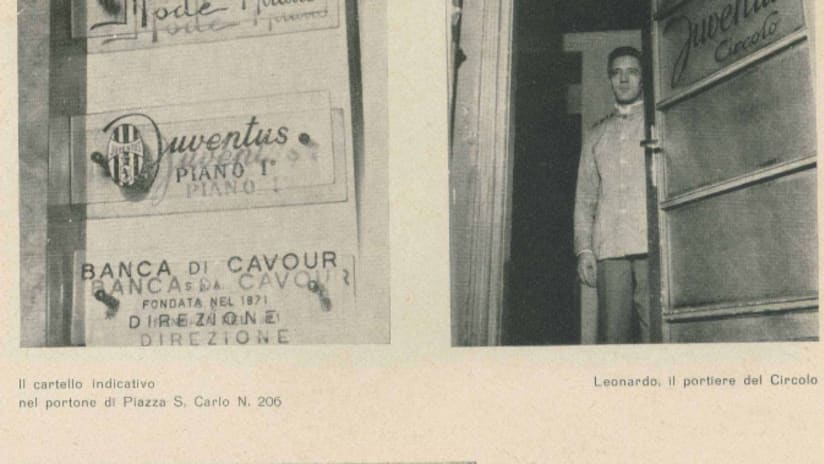
For Juventus fans of a certain age, No.54 Galleria San Federico is one of the best-loved Juventus headquarters of all time. It coincided with the presidency of Giampiero Boniperti and it was here that Giovanni Trapattoni signed for the club, here that Juventus’ success saw the club take on an international dimension. It’s likely that Michel Platini visited the site to finalise the details of his arrival at Juventus.
The club headquarters between 1965 and 1985, No.54 Galleria San Federico bore witness to two golden decades in the history of Juventus. With Boniperti as president, the club won nine Scudetto titles in 15 years in addition to all European competitions and the Intercontinental Cup.
The space was also used to film scenes from "Deep Red", one of Dario Argento’s most terrifying movies. Yet the title of that film is the only bit of colour associated with the address, which will always remain synonymous with the black and white of Juventus.
NO7. PIAZZA CRIMEA
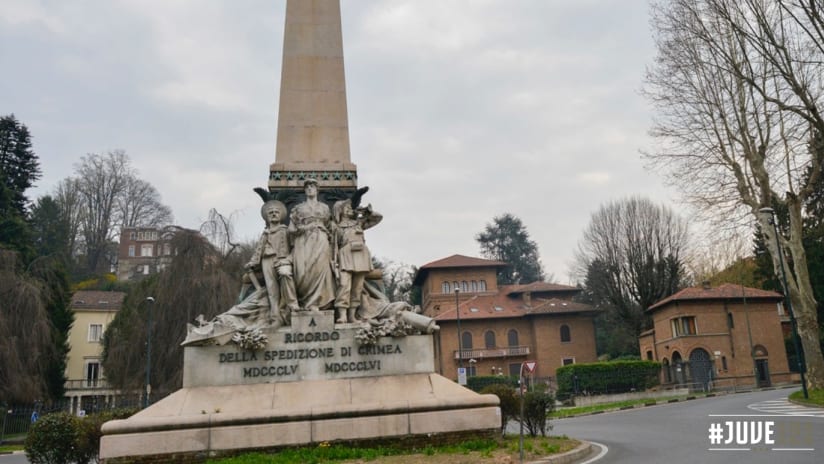
In 1986, Juventus – the reigning European champions – moved to No.7 Piazza Crimea, at the bottom of the hill. It was a residential district home to Gianni Agnelli and Giampiero Boniperti, with Michel Platini’s favourite Turinese restaurant just around the corner. It was during the club’s time at this address that they made it a complete set: the Italian Super Cup win over Parma on 17 January 1996 meant Juve had won every possible trophy in Italy and Europe.
It remained the club’s headquarters until the dawn of the new millennium. In 2000, the club – led by Vittorio Chiusano – decided to move on once again to be closer to the city centre and within more convenient distance of the Porta Nuova and Porta Susa stations, which had become crucial transport hubs as a result of the introduction of high-speed train travel.
NO.32 CORSO GALILEO FERRARIS
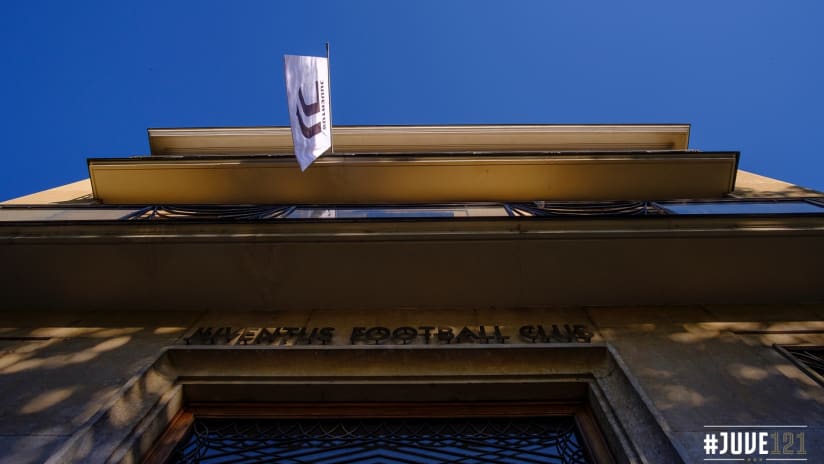
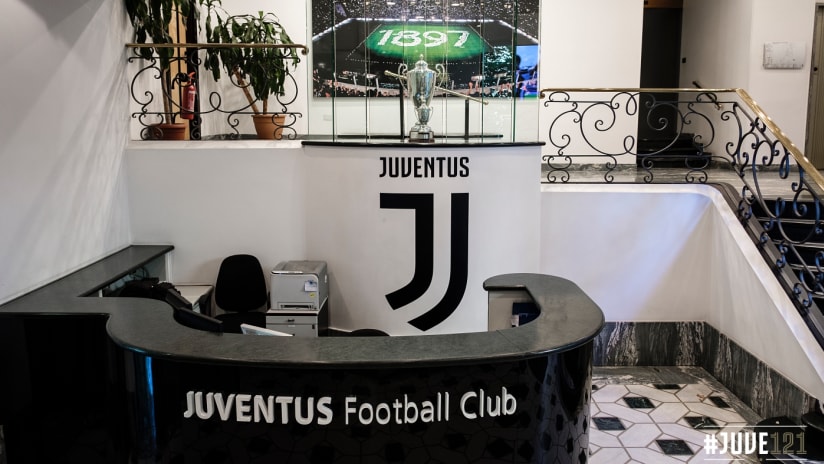
It’s pretty unique for an address to have a nickname – or a term of endearment, to put it more neatly. But for all Juventus fans, Corso Galileo Ferraris is known simply as Corso Galfer. Maybe it sounds a bit more international, which perhaps stems from the fact that it was here that Juventus truly began to think globally. No.32 Corso Galileo Ferraris was the club’s home during its recent, record-breaking success – and it was here that the new club logo was devised, just a stone’s throw from GAM, Turin’s modern art gallery. The atmosphere within the walls is one of preserving traditions while moving towards the future, turning art into design, transforming an idea into success.
J|VILLAGE
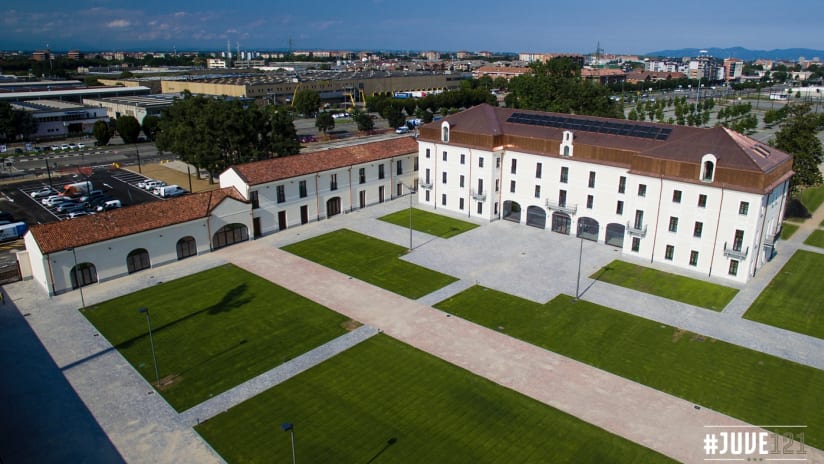
In the middle of July 2017, Juventus made a historic announcement that heralded a new era for the club from a logistics and facilities perspective.
The move brought the stadium and the club headquarters together, creating a sense of union that’s about more than just their newfound physical proximity. The team and the club are close to one another, working in synergy, mirroring each other for efficiency and energy.
Nowadays, Juventus fans can call an entire district home. Continassa encompasses Allianz Stadium and the club’s wonderful headquarters, located in an 18th-century stately home which Juve saved from neglect and abandonment, not to mention the JTC, the first team’s new training centre, which will also house the Media Centre. Also included in the area is Juventus Museum, firmly established as one of the top 50 most popular sites of interest in Italy, according to the Ministry of Cultural Heritage, as well as J|Medical and WINS – the World International School of Turin.
Soon, the exclusive J|Hotel will open its doors in the heart of J|Village, a place where fans will be able to spend the night on the eve of big games. Whether or not they’ll be able to sleep for the excitement, however, is another matter entirely.
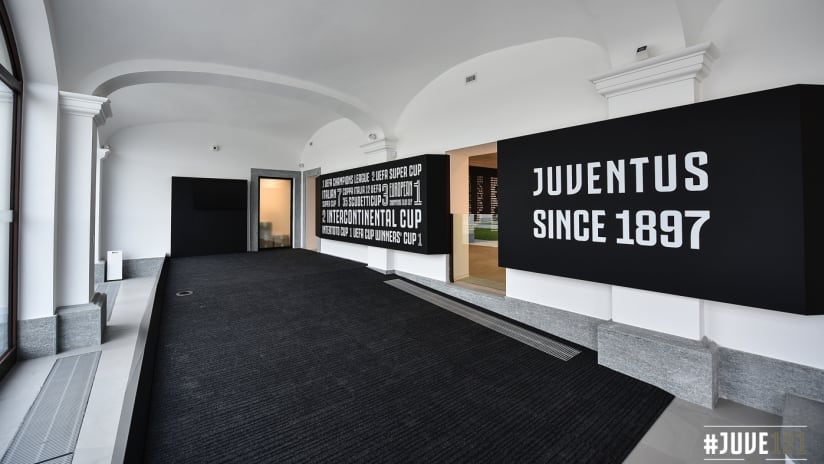
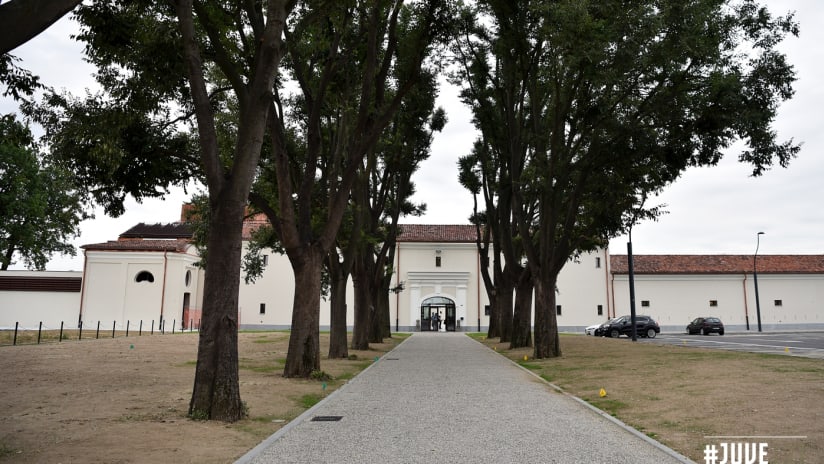
Without Turin, away from Turin, Juve wouldn’t be Juve. And we can safely say that without Juve, Turin would be a very different place.

